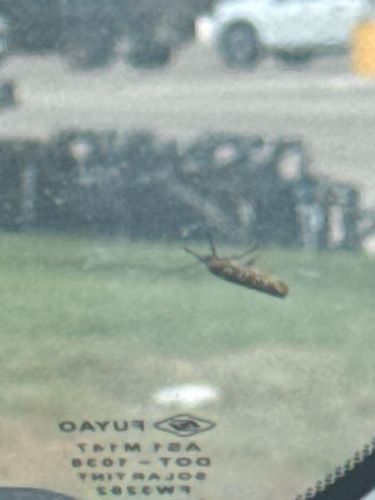Caddisfly
Scientific Name: Trichoptera (Order)
Order & Family: Order Trichoptera
Size: Adults range from about 2 mm to 40 mm (0.08 to 1.6 inches) in length, depending on the species.

Natural Habitat
Adult caddisflies are typically found near freshwater bodies (lakes, ponds, rivers, streams) where their aquatic larvae develop. They prefer areas with good water quality and vegetation.
Diet & Feeding
Adult caddisflies generally have reduced mouthparts and either feed on nectar, honeydew, or don't feed at all, relying on energy reserves from their larval stage. Larvae are diverse feeders, consuming algae, detritus, plant matter, or even preying on other small aquatic insects.
Behavior Patterns
Caddisflies are holometabolous insects, undergoing complete metamorphosis. Larvae are aquatic, with many species constructing elaborate cases from silk and environmental materials (like sand, pebbles, leaves). Adults are often nocturnal or crepuscular, attracted to lights, and have a moth-like flight pattern.
Risks & Benefits
Caddisflies are generally harmless to humans, though large swarms can be a nuisance near lights. Ecologically, they are very beneficial: their larvae are important bioindicators of water quality, and both larvae and adults serve as a significant food source for fish, birds, and other aquatic and terrestrial predators.
Identified on: 9/20/2025